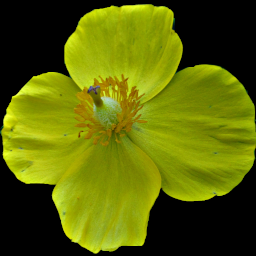
A tall and stately weed whose flowers we almost never get to see in their full glory. It’s a night-bloomer, opening at dusk and fading in the early hours of the morning. It will, however, stay open on a rainy day; we found this plant blooming merrily out of a sidewalk crack on the South Side Slopes.
Flowers. Pale yellow; four broad petals; cross-shaped anther in the middle; borne in branching racemes.
Leaves. Lanceolate, sessile, slightly toothed; net-veined, with center rib often reddish toward base; alternate; thick on the stem, with branches or abortive branches in axils; mostly smooth.
Stem. Stout; somewhat sticky; woody below, with dark brownish stripes; to 6 feet or more; much branched.

At one time this plant was placed in a genus Onagra, from which the family Onagraceae was named; but Gray and most modern botanists make that genus part of Oenothera.
Gray describes the genus and the species:
ONAGRA (Adans.) Ser. Stigma-lobes linear, elongated; flower-buds upright; petals yellow; fruit subcylindrical, elongated; seeds in 2 rotos in each cell; caulescent annuals or biennials.
O. biennis L. (COMMON E.) Rather stout, erect, 3-15 dm. high, usually simple, more or less spreading-pubescent to hirsute; leaves lanceolate to oblong or rarely ovate-lanceolate, repandly denticulate, acute or acuminate; bracts lanceolate, shorter than or scarcely exceeding the capsules; calyx-tube 2.5-3.5 cm. long; petals yellow, obovate, 1.5-2.5 cm. long; pods more or less hirsute, narrowed almost from the base, 2-3.5 cm. long. (Onagra Scop.) —Open places, common.

